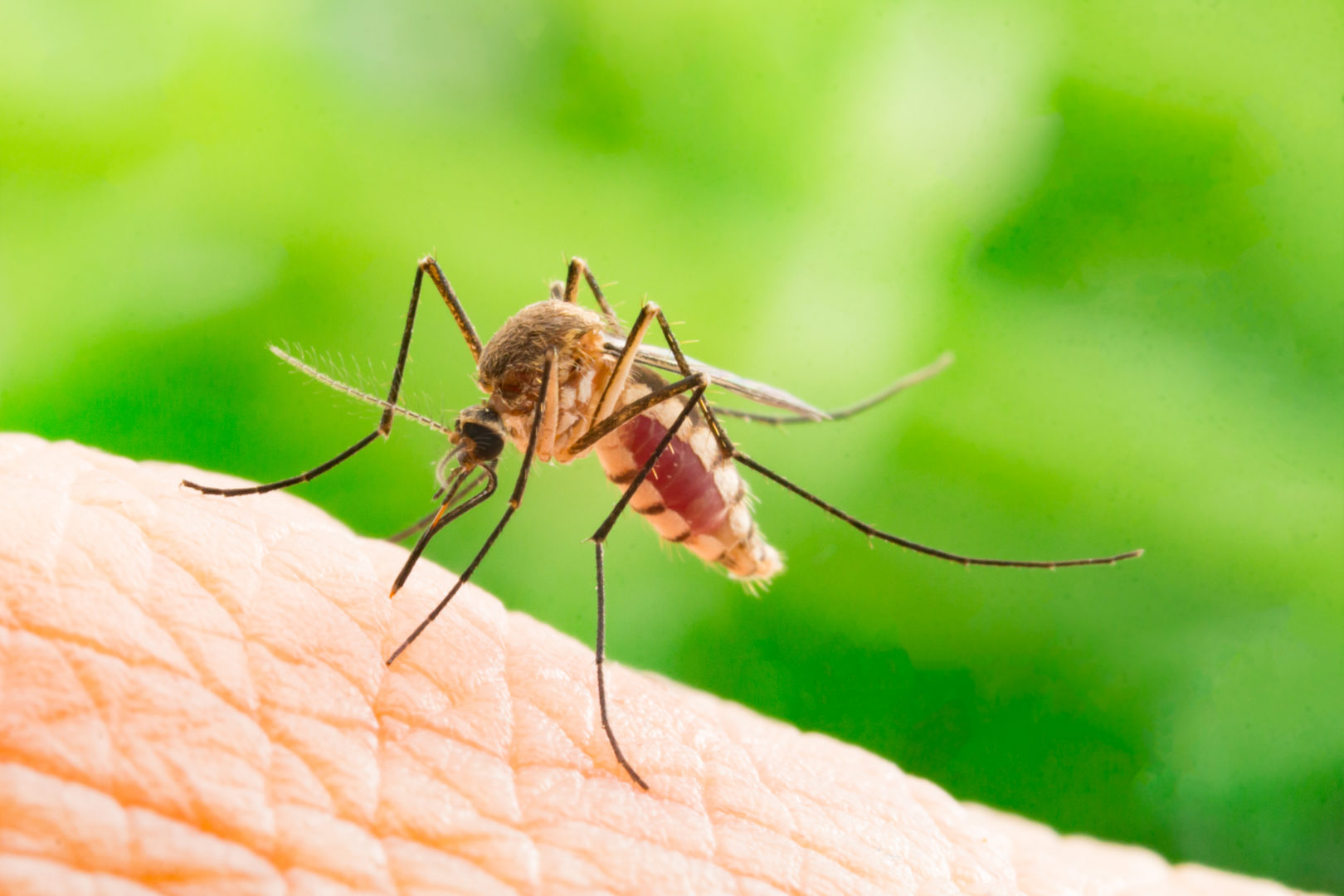This story, originally published as, “Secrets of the Outboard Whisperers,” appeared in the Mar/Apr 2022 issue of Cottage Life.
In the 1998 film The Horse Whisperer, Annie MacLean (played by Kristin Scott Thomas) tracks down Tom Booker (Robert Redford) and says, “I read this article about what you do for people with horse problems.” To which he replies, “Truth is,
I help horses with people problems.”
It’s not so different with outboard engines: some mechanics just seem to have a way of understanding the meaning of every knock and grind. According to one outboard whisperer, most outboard problems are “human inspired” and, with routine maintenance and proper winterizing, can be avoided.
I can relate. Our old two-stroke Johnson Sea-Horse outboard engine was a hot-blooded, temperamental creature. It took a steady hand to make her go. Coax her
too lightly, and she wouldn’t start. Yank too hard, and you’d be left holding nothing but a broken pull-cord. We eventually sold Ol’ Sea-Horse, but several years and
outboards later, I wonder if we could have done better by her. If I could have learned to speak her language, to read the signs.
There have always been those who could see into an engine’s soul and soothe the trouble they found there. I sought out a few of these mechanical mystics to find out what it means when your outboard sputters, overheats, or just plain refuses to start.
Startin’ trouble
You’re ready to hit the trail but when you turn the key, your outboard lazily groans, or worse yet, stubbornly refuses to do anything at all. Before tearing apart your engine, rule out simple oversights. Is the battery switch on? Is the shifter in neutral?
Is the safety lanyard connected? “We get quite a few calls on those things,” says Kevin Dault, shop foreman at the Walkers Point location of Maple Leaf Marinas, which operates 12 marinas in cottage country. If it’s not one of the issues above, you most likely have a fuel or electrical issue.
Start your inspection at the fuel tank and trace the supply line to the outboard. Is there gas in the tank? Is the gas tank vent fully open? Pump the primer bulb until it becomes firm to ensure fuel is getting to the engine and inspect the fuel line for any kinks or loose connections.
Next, “Make sure your battery is in good condition,” says John Wachtler, the lead marine technician at One Way Marine in Gravenhurst, Ont. There should be no corrosion on the terminals and the connections should be tight. Drained batteries are another common problem at the cottage dock. Hook the battery up to a multimeter—if it reads less than 12 volts, there may not be enough voltage to start the engine.
If you’ve ruled out the above, you can also check your fuel filter and spark plugs (more on that to follow).
Prevention:
• Install a battery switch to keep from inadvertently drawing down your engine’s power supply.
• If your batteries have ring terminals, use nuts (and not wing nuts) for a more secure connection.
Sudden death
You’re charging along when your outboard decides to call it a day and comes to an abrupt halt. Running out of gas is one of the top five reasons boaters get stuck on the water. First, check your fuel level and prime the ball to ensure that the engine is getting fuel. Don’t believe everything your fuel gauge tells you. “They’re not nearly as accurate as car gauges,” says Wachtler. “Always treat a quarter tank as empty.”
The next most likely culprit is water in the fuel. Bernie Simpson, the owner of SG Power Products, a powersports and boat dealership in Victoria, has been in the business since the 1960s. If you don’t regularly change your fuel filter, it “will get to the point where it can no longer take out the water,” says Simpson. “Any water in the fuel and it just doesn’t operate properly.”
Keith Karlsson, the service manager at Sherwood Marine in Saanichton, B.C., suggests dumping the contents of your fuel filter into a clean container. “If it’s full of water, it tells you that your fuel source is contaminated.” If this is a recurring issue, you may want to upgrade to a fuel-water separator with a clear bowl, which will make it easier
to spot and drain water. Remember that fuel filters should be checked and changed at least once a year, and more regularly if you see water in your fuel.
Prevention:
• Keep a third of your fuel supply in reserve for unforeseen circumstances on the lake.
• Buy ethanol-free fuel whenever possible. Ethanol draws water from the air and adds it to your fuel.
• Add a fuel stabilizer whenever you fuel up to help prevent water problems.
• Pre-filter your gas before it goes in your tank with a water-separating fuel-filter funnel. Small gas docks with low turnover are more likely to have water in the bottom of their tanks, which can end up in your boat.
• Change your primary fuel filter every year and carry spare filters aboard.
• Always store fuel out of the sun as the heat can cause it to separate. Fuel can be kept for up to 24 months if you’ve added a marine stabilizer—though you should check the label for the manufacturer’s suggested storage time.
Running rough
Your outboard is causing a ruckus. At low speeds, it shakes like a sack of hammers in the back of a pickup on a country road. There are many possible causes, but spark plugs are a good place to start. “When spark plugs age, they might spark but they don’t get full spark,” says Karlsson. “So, you have a cylinder that’s not contributing as much as the other cylinders.” With your engine turned off, pull out the spark plugs and if one looks different from the others, it could be a tip off that something is amiss. Replace it, and ideally all of them, as they may be nearing the end of their life. You can take your old ones to a mechanic who can use them to diagnose any lurking internal issues.
If you’re not sure when you last filled the tank, stale fuel may be the culprit. “Fuel starts to lose its efficiency after 90 days, as the octane goes down,” says Simpson. The engine simply won’t operate properly if it’s running on bad gas. If you suspect your gas is stale, you need to swap out your fuel with a fresh tank of gas—which, if you have an internal tank, will require pumping it out, perhaps professionally. “If it was a fuel-related problem it will disappear immediately,” says Simpson.
It’s also possible that bad fuel, left to overwinter in the engine, has gummed up the carburetor or fuel injectors, which will then need to be cleaned. Ask your marina to dispose of the old gas, or take it to your hazardous waste depot.
Prevention:
• For older two-strokes, carry spare spark plugs and replace them every 100 to 300 hours (or every one to three years), as recommended by the engine manufacturer’s specifications.
• Buy your gas at a busy place where they’re regularly turning over their gas.
• Use a fuel stabilizer every time you fill up, or at least as you near the end of the boating season, to extend the life of the gasoline in your tank.
Running hot
You’re cruising along when your outboard emits a steady wail, the heart-stopping cry of the overheating alarm. “Throttle way back, let it idle for a bit, and if the alarm continues, just shut the engine off,” says Karlsson. You may need to get a tow or paddle back to the dock, but don’t continue to run the engine while it’s overheating.
“All engines are cooled by the water you’re driving in,” says Karlsson. “If the water intake is blocked off, you’re going to have an overheating situation.” Put the engine in neutral, trim the leg up, and inspect the water intake. If you see water plants or a plastic bag blocking the intake, remove it.
Also, look at the telltale—the water that sprays out at the back of the engine. “If you don’t see water coming out, you’re going to need to inspect the water pump impeller and that means removing the lower unit,” says Wachtler. It could be just a blockage you can easily clear, or, says Wachtler, “you could have a broken impeller blade or melted housing.”
In saltwater environments, another cause is salt buildup. “When saltwater goes through an engine, it dries and leaves tiny salt crystals,” says Simpson. “So, if a motor is not flushed or run into freshwater, eventually that salt will build up to the point where the water is not going to run through properly anymore.” Without intervention, it becomes an overheating problem. “You could end up cooking the whole motor.”
Prevention:
• Check for telltales every time you start up the engine.
• If you’re boating in saltwater, freshwater flush your outboard after every trip. Most modern motors have an easy-to-use garden hose attachment for this purpose.
• Change your impeller and inspect the water pump every three years or every 300 hours.
What can the colour of engine smoke tell you?
Related Story Versatile new pontoon boat hitting the waves soon












